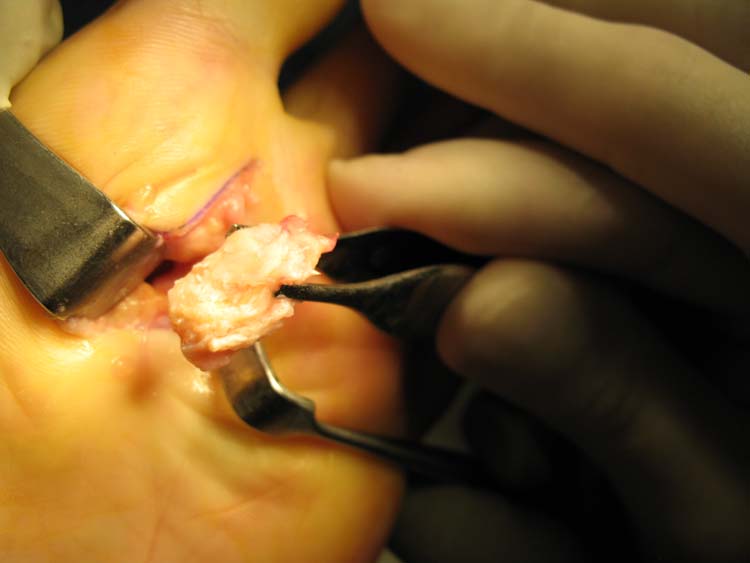
Bone loss drugs in the class of bisphosphonates have, again, been linked to bone fractures of the femur (thigh bone). Web MD said that a recent, large review of over 200,000 post-menopausal women found that those taking bisphosphonates—drugs sold under the names Fosamax, Fosamax Plus D, Actonel, Actonel with Calcium, Boniva, Atelvia, and Reclast, as well as generics—for over five years experienced a two-fold likelihood of suffering fractures, versus women taking these drugs for briefer periods.
Fractures occurred in about one of every 1,000 women who took bisphosphonates for five years or more, one of the researchers told WebMD. The study appears in the February 23rd issue of the Journal of the American Medical Association.According to recent studies, about half of all women over the age of 50 will suffer a bone loss-related fracture, and about one in every five of these women will die within a year, noted WebMD, noting that bisphosphonates are taking by millions of patients in the U.S. In addition to their use in preventing osteoporosis fractures, bisphosphonates also help to reduce hip, spine, and other fractures related to weakened bones.
Despite this, reports began emerging in recent years about long-term bisphosphonate use and femur fractures, prompting the FDA to mandate a label change on the medication to include a warning of “possible risk of atypical thigh bone fracture” in long-term users, said WebMD. “While it is not clear whether bisphosphonates are the cause, atypical femur fractures … have been predominantly reported in patients taking bisphosphonates,” FDA officials noted in a news release issued at the time, quoted WebMD. According to the FDA warning, the severe musculoskeletal pain associated with bisphosphonates may occur within days, months, or years after starting treatment. some patients have reported complete relief of symptoms after discontinuing the bisphosphonate; others have reported slow or incomplete resolution.
In the emerging study, the researchers identified 205,466 women at least in their late 60s who began taking an oral bisphosphonate between 2002 and 2008; the group was studied until the spring of 2009, said WebMD. at that time, 716 women required hospitalization for femur fractures. The 716 cases were matched to the nearly 3,600 women who did not suffer a femur fracture, said WebMD.
Women taking the bone drugs for the five-year period or more experienced a 2.7-fold increased likelihood for fractures versus women taking them under 100 days. A secondary review found that women taking the drugs for three years or more experienced a 24 percent risk of osteoporosis-linked breaks than the under-100 day group, added WebMD.
Bisphosphonates are also approved for a variety of other indications, including other bone diseases such as Paget’s disease, and are given to cancer patients for the prevention of fractures due to bone metastases.
Over the past several years, bisphosphonates have been associated with a number of side effects, including Osteonecrosis of the Jaw/Dead Jaw Syndrome, Esophageal Cancer, Fractures, Atrial Fibrillation, and Severe Musculoskeletal Pain. Osteonecrosis of the jaw (ONJ), or dead jaw syndrome is a condition in which the bone tissue in the jaw fails to heal after minor trauma such as a tooth extraction, causing the bone to be exposed. The exposure can eventually lead to infection and fracture and may require long-term antibiotic therapy or surgery to remove the dying bone tissue. In 2005, the FDA ordered that the label for Fosamax and other bisphosphonates be updated to include warnings about ONJ.